There are many benefits of retiring in India, but you have to take note of the process. Furthermore, you will need to weigh the pros and cons before you make the big decision of moving!
So, why is India one of the best places to retire as a foreign senior traveler and what are the top retirement villages to stay in? Read on to learn all about the wonders of India in the eyes of a soon-to-be retiree!
Why Retire in India?
Why is India an appealing option for those who are planning to retire soon? Here are the wonders India has to offer for retirees:
Amazing Culture and Food
India is the second largest population worldwide, so expect it to be a hustling and bustling country with tons of places to visit and activities to do!
You can head on to Hyderabad, a city with a mix of both ancient and modern with historical attractions and five-star hotels. Or to Chennai, known as the “gateway to south India” for its vibrant temples and vast history.
Whether you want to see beautiful temples to explore the history or party it up in the city life, or even find peace among nature, you can find it in India.
And don’t forget about the amazing food India offers! Their cuisine is is heavily influenced by their culture and religion, staying traditional but still with a twist of modernity.
India is diverse with their food and gives all their dishes life, from the looks to taste. They use locally available ingredients and are filled with fruits, vegetables, and herbs, as well as various spices.
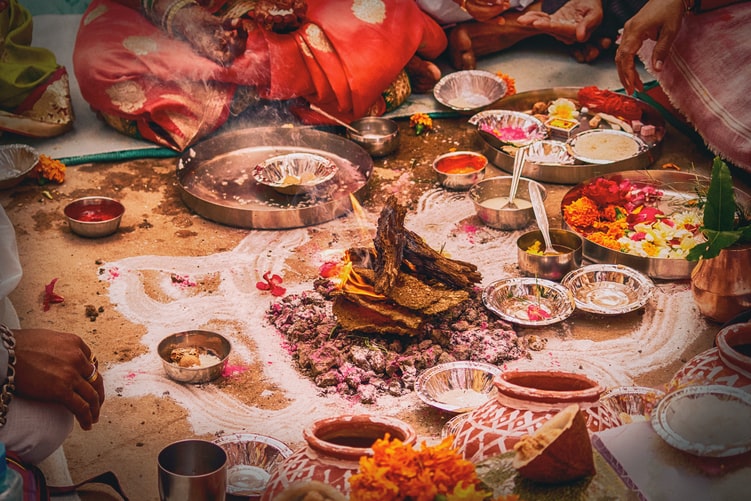
Whether you crave for street food or luxurious restaurants, you’ll definitely enjoy many of their popular dishes. From chicken tikka masala to samosas and curries, prepare your tastebuds for the spice!
Be One With Spirituality
Whether you’re philosophical, religious, both, or none at all, retiring in India gives one the perspective of life you can’t get anywhere else.
The country is filled with different, and sometimes opposing, cultures, religions, and ideas. But, they live with unity in diversity and you can explore without judgement or boundaries.
“The country is filled with different, and sometimes opposing, cultures, religions, and ideas.”
In fact, many people visit India to find themselves and their spirituality!
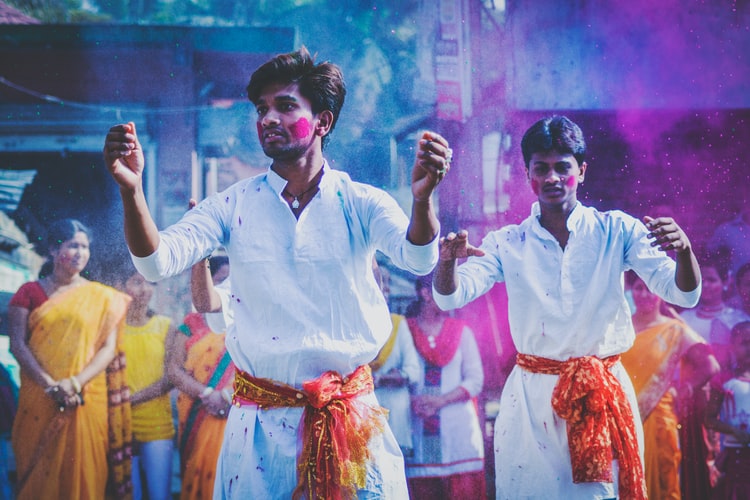
Good Cost of Living
India has a lower cost of living compared to other developing countries such as the Philippines. Take note that the average monthly salary in India (after taxes) is about $450. With that in mind, the cost of living is fairly low and you’re comfortable living at around $1,000 monthly!
These are the average expenses when living in India, according to Number:
- Rent for a 3-bedroom apartment in the city is about $370 monthly
- Basic utilities and internet bills cost $50 monthly
- Groceries for two people costs $100 monthly
- A 3-course meal for two people in a mid-range restaurant is $11
- Monthly transportation passes are $11 each
- A liter of gasoline is $1
If your pension is $1,000 or more, this is more than enough to sustain yourself and your partner!
Healthcare System
“Fortunately, they are quite affordable and private healthcare offers good treatments.”
India has a free healthcare system, though underfunded by global standards ranking in the lower half of WHO’s list of national healthcare systems. Because of their lower average salaries, healthcare workers tend to go out of the country for better work opportunities, resulting in understaffing.
There is, however, a private-sector health system similar to western standards. Many families would pay for private healthcare services or invest in health insurance.
If you plan to retire in India, you can opt for private healthcare and health insurance. Fortunately, they are quite affordable and private healthcare offers good treatments.
However, you do need to be wary about some of the issues you may encounter when retiring in India.
While they have low cost of living, they have a huge population and safety concerns. Most Westerner retirees won’t have the natural resistance to bacteria usually found in waters, or from food handling in India. Because of this, you have to be careful with what you eat and slowly get your stomach acquainted to the food and drinks.
Furthermore, you still need to be travel-savvy when roaming around. Just like many countries worldwide, India has a few safety issues and criminal rates. As long as you stay in safer areas and stay aware, there is little to no chance of getting in trouble.
Top Retirement Villages in India
If you’re settled and ready to retire in India, what retirement villages should you consider? These are the top three retirement villages in India you can live in:
1. Aamoksh Retirement Homes
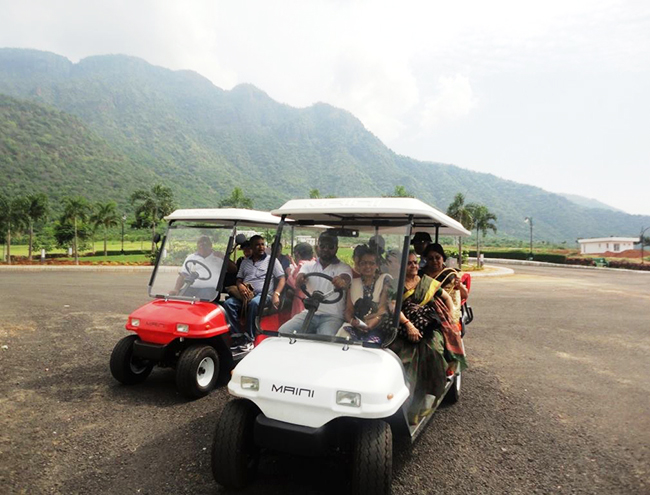
These retirement homes focus on redefining the norms of the retiree. You are away from the city and surrounded by fields and mountains for an amazing view and breaths of fresh air.
Aamoksh provides a wide array of services, even suitable for the adventurous foreign traveler. You can go scuba diving, parasailing, treks, and do whatever is on your bucket list (with your safety in mind, of course).
Employees are well-trained to cater to the senior lifestyle, prioritizing your health and needs. From tailor-made and organic food to fitness programs and 24/7 services, they’ve got it.
2. Gagan NuLife Resort Residences

“They also focus on a retiree’s needs, ensuring that they have nurses and reception on call, daily housekeeping, and weekly laundry services so you won’t have to lift a finger.”
If you want to live the luxury resort life, then Gagan NuLife is for you! The resort residences offers all the amenities you need, from steam and sauna facilities, TV and card room, wellness centers, coffee shops and dining halls, as well as comfortable and accessible rooms for the senior foreign traveler.
They also focus on a retiree’s needs, ensuring that they have nurses and reception on call, daily housekeeping, and weekly laundry services so you won’t have to lift a finger. You can focus more on having fun with all the leisure facilities and activities they offer for the heartwarming community!
3. The Chennai Homes

The Chennai Homes is a beautiful retirement community that focuses on wellness and spirituality. You will be surrounded by nature and vast fields to walk around in, as well as fun facilities!
You get movie nights and outings, wellness workshops, yoga and swimming sessions, as well as special activities and temple tours. This ensures that you can learn a lot about India and be one with yourself. Besides this, they offer good services such as security, healthcare, delicious dining, and even a guest house for visiting family members.
How to Arrange Your Retirement in India
“So while India has its retirement perks, those from other countries with no Indian origin will have a difficult time staying here for long-term.”
Retiring in India isn’t as easy as 1-2-3, you’ll need a visa for it. Unfortunately, there is NO retirement visa available, and it’s almost impossible to obtain permanent resident visas, as Indian law restricts foreigners living in the country permanently.
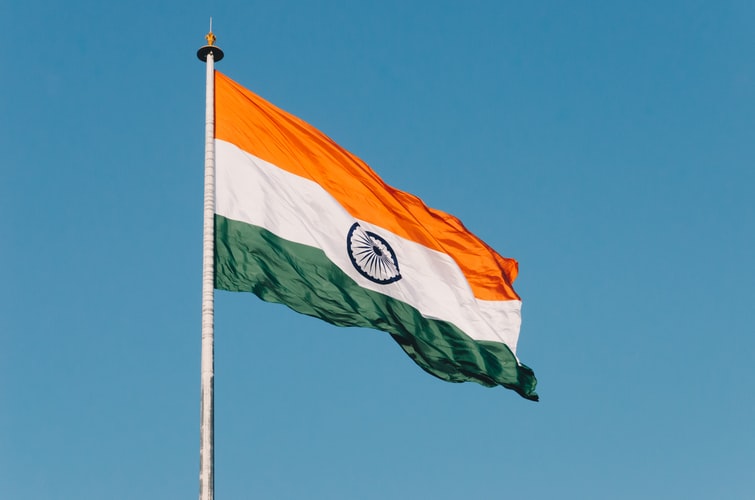
However, if you are of Indian origin, you’re able to apply for an entry visa. This allows you to stay in the country for an entire year, and you can renew the visa yearly for up to five years. What is Indian origin?
It means that you have held Indian nationality. You may also be permitted for en entry visa if you have a parent or grandparent who has/had Indian nationality, or a spouse and/or child who is of Indian origin.
Other times, you are eligible for an entry visa if you are a spouse of a foreign national coming to India for employment, business, or research purposes. However, this is a bit far-fetched if you are retiring!
There are also other options if you have no blood or marital ties to any persons holding Indian nationalities or citizenships.
The best option is to obtain a tourist visa. This is only valid for 180 days and with multiple entries, but it isn’t extendable beyond a three-month stay.
So while India has its retirement perks, those from other countries with no Indian origin will have a difficult time staying here for long-term. But if you are a retiree interested in working a part-time job, employment or business visas MAY be an option.
If you have obtained a visa, then you can begin looking into finding the suitable property or retirement village to live in. They have short-term and long-term options with affordable rates, and your family can visit you if they are permitted visas!
As for finances, there isn’t a set amount of money you’ll need to show to immigration when applying for a tourist visa. But if you plan to stay there for at least a few months, then it’s best to prepare at least $1,000 or more monthly. You may even want to prepare ways on how to receive your pension when in India.
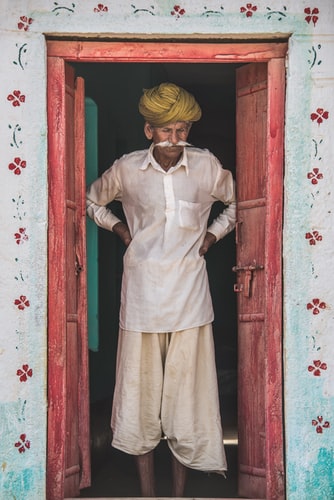
Wrapping It Up
India is popular for their vibrant culture, from delicious food to colorful festivals. The country is also made for just about everyone, whether you’re a beach bum, nature lover, or a city dweller. However, its visa options are limited and it may be a difficult process moving there for long-term.
Hopefully, you learned a lot about retiring in India. If you think this country is “the one,” then start taking appropriate action to retire and move here! Best of luck!
































